Object 752 – Soviet Revolutionary Heavy Tank
6 min readTowards the end of the 1940s, Soviet tank designers faced an unpleasant problem. Further increase in armour protection and firepower on heavy tanks was always associated with an increase in vehicle weight and mass, which, in turn, imposed severe restrictions on various aspects in operation such vehicles — exceeding the conditional threshold of 50 tons threatened with a sharp reduction in strategic and tactical mobility, as well as other problems hindering the vehicle. For this reason, all new heavy tanks were developed with such limitation in mind. The new approach resulted in several new projects, Object 730, later know as T-10, Object 752 and Object 777.
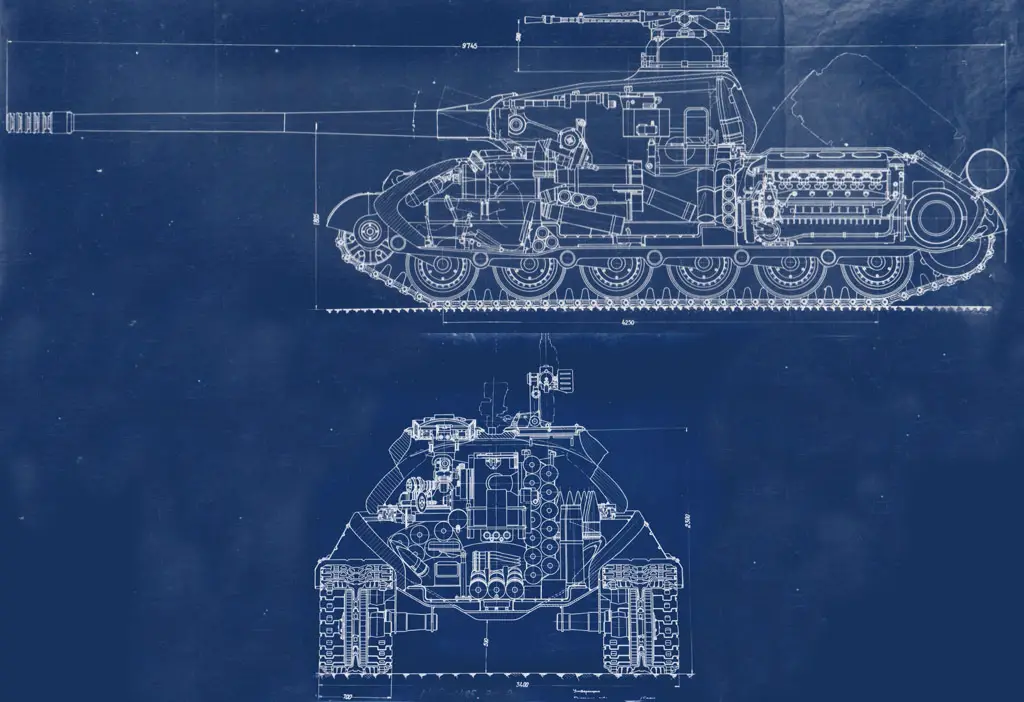
Developing a new heavy tank
Creating a promising heavy tank that would fit the existing weight restrictions began in June 1952 at the initiative of Ministry of Transport Engineering. The project was appointed to the Chelyabinsk Kirov Plant, and the requirements of the new plans were logical and expected. It was necessary to improve the protection and firepower. However, it was required to meet the established restrictions on dimensions and weight.
By the end of 1952, Chelyabinsk engineers completed the first version of the preliminary design. By mid-1953, the project was ready to be presented to the industry leaders. It is noteworthy that by this time, the single project was divided into two branches. During development, various ideas were proposed that could not be implemented in the course of a typical project. As a result, the development was split into two creating two designs, Object 752 and Object 777.
During the design stage of Object 752, several new ideas and developments were proposed, in which it was possible to provide the requirements, but maintain the vehicle mass at the level of existing ones, for example, the IS-3 heavy tank with its 46.5 tons.
The analysis of different ideas showed that the most promising and convenient form of protection was differentiated armour. The use of various armoured parts of various shapes, angles and thickness wasn’t new and had been used for a long time, but SKB-2 engineers decided to rework this concept. In order to improve the armour, all the main parts had to have a complex shape with variable thickness. Only by doing this, it was possible to ensure high characteristics of homogeneous armour without a significant increase in its weight.
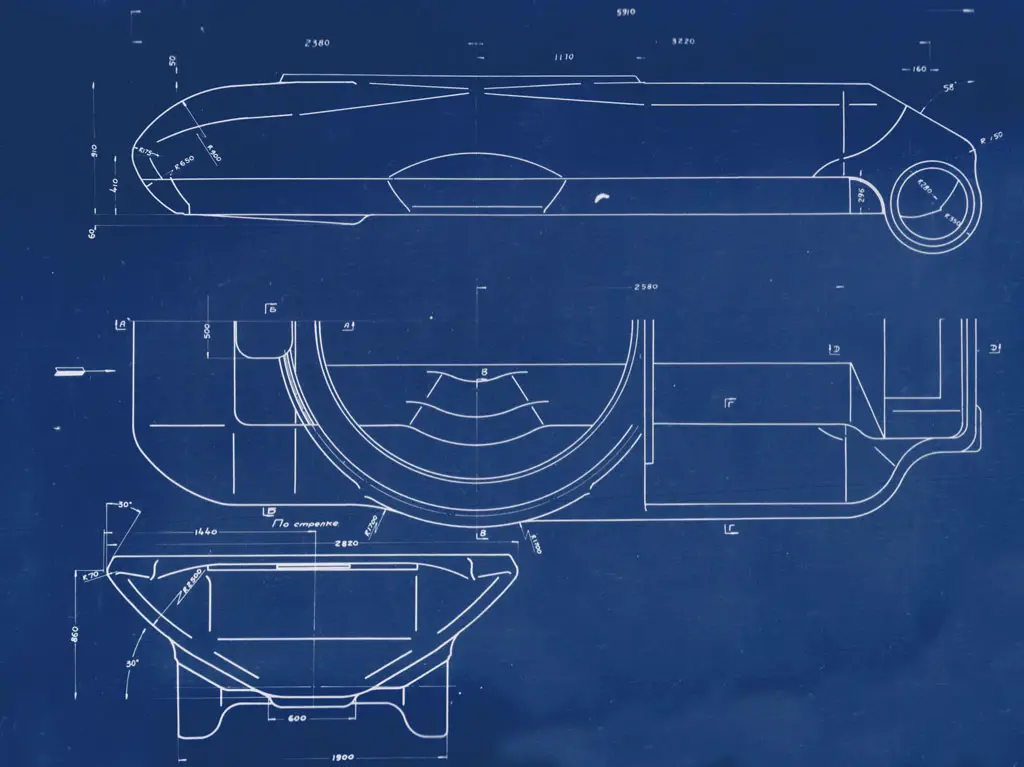
At an initial stage, it was decided that no other new ideas should be used on the development of Object 752, except for the differential armour. In terms of layout and other key features, it was a typical Soviet post-war heavy tank. Positioned at the front, the driver would be behind thick, strong armour. Behind him, it was the fighting compartment with a turret.
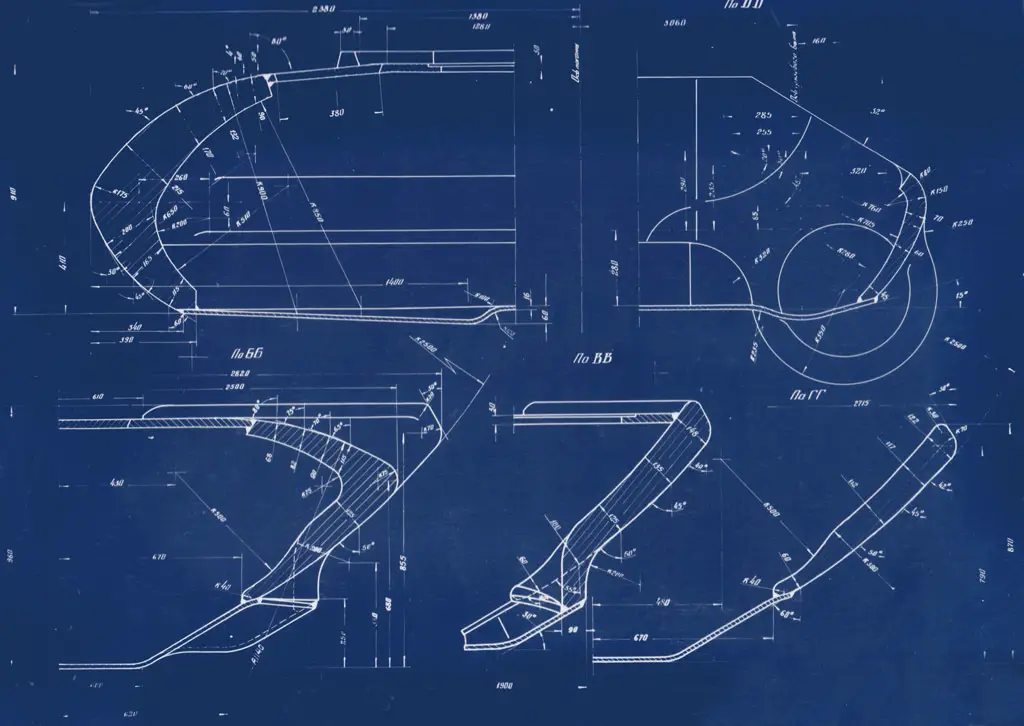
The hull of Object 752 was proposed to be assembled from cast and rolled parts of different sizes and shapes. Through the use of casting, it was possible to manufacture a number of complex-shaped parts and variable thickness. Using the correct combination of thickness and shape, a sufficiently high level of armour should be achieved. The frontal hull part had a curved parabolic shape and a thickness of 90 to 125 mm. Relatively thin sections were located at large inclination angles, but these offered high levels of protection.
A new powerful 122mm gun
Object 752 was to become the first Soviet tank to be equipped with the latest M-62T2, a powerful 122 mm gun. This gun had a rifled barrel and hydropneumatic recoil mechanism. Due to its long barrel, about 46 calibres, shells could achieve high velocities. An armour-piercing round would achieve speeds in the order of 950 m/s and composite rigid of 1,500 m/s, giving it tremendous destructive power.
Several options for ammunition deploying were proposed, and several versions of loading mechanisms that would facilitate the loader work. In the first initial stage, Object 752 could carry 40 rounds located in several stacks in the fighting compartment. The loading mechanism would sort the round and cartridge case and make it ready for load, but it wouldn’t load the gun, meaning it would only assist the loader.
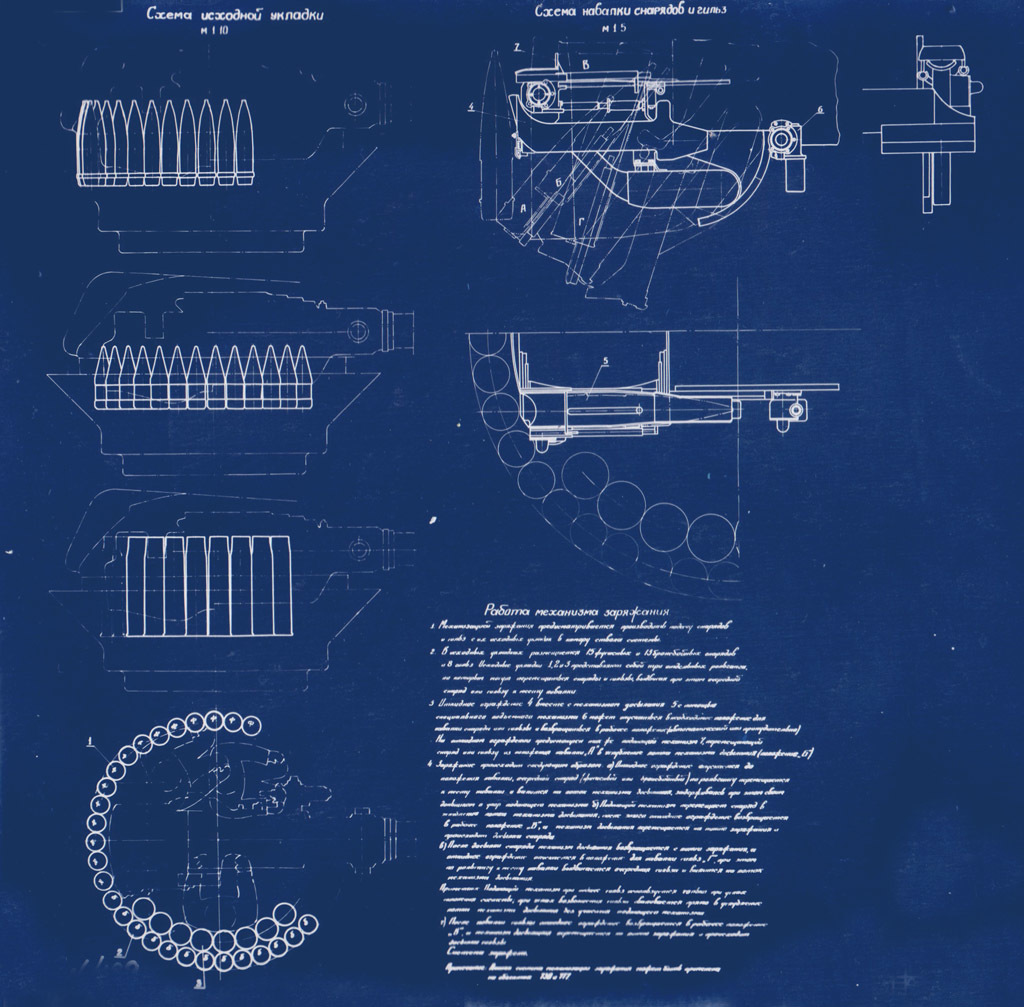
Another version proposed an automatic loading system. In this case, only 28 rounds of various types could be carried and located in a special device around the perimeter of the fighting compartment. The automatic system was supposed to feed the selected ammunition into the gun; however, feeding the cartridge case would remain the loaders task. With this, loading time and loaders workload would be reduced, but it also reduced the ammunition load.
The use of a powerful gun and some specific turret layout solutions led to the fact that Object 752 didn’t receive a coaxial machine gun – there was no room left for it. Nevertheless, the design provided for the use of auxiliary weapons, as the 14.5 mm KPVT anti-aircraft machine gun, located on the loader’s hatch.
An oscillating turret
A separate design developed in the framework of Object 752 suggested the use of an oscillating turret. The new turret would be compromised of two parts, the lower part would be the rotating platform, and the upper one could swing relativity to it and served to guide the gun in the vertical plane. In addition to the gun, three crew members would be located inside the turret, commander, gunner and loader, plus all the ammunition load. According to the design, the suggested turret was also to be equipped with an automatic loading system to load shells and manually feed cartridges. While developing the oscillating turret, the designers decided to abandon the anti-aircraft machine gun on the roof, and use extra space to mount a coaxial SG-43 machine gun.
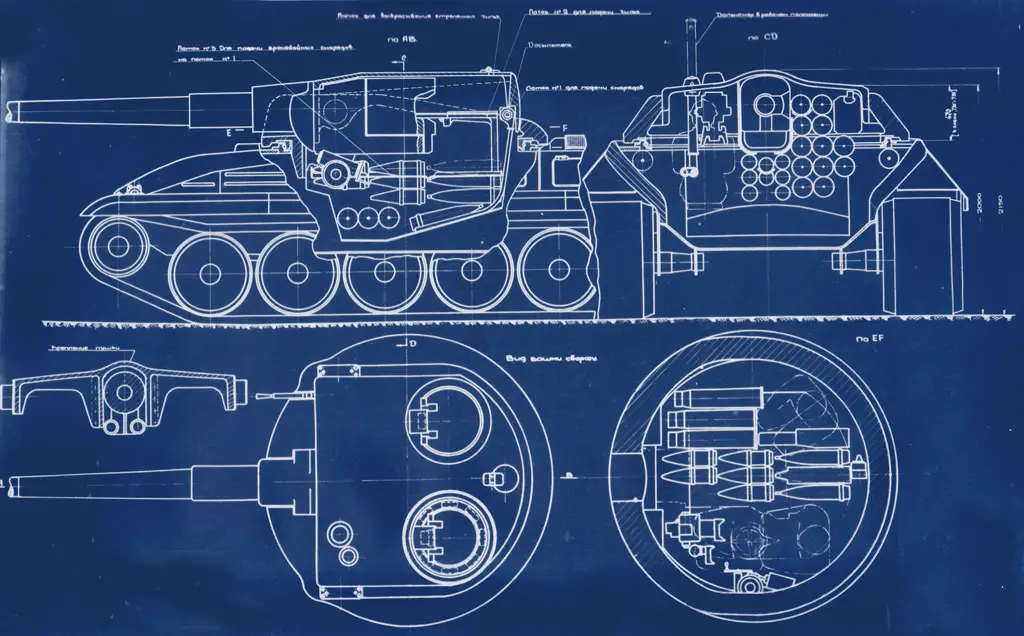
Regardless of which turret, the crew consisted of four members: commander, gunner, loader and driver. The driver was located in the front of the hull, while the rest inside the fighting compartment in the turret. The gunner and commander situated on the left side and the loader on the right. The driver had its own hatch, the rest of the crew would use two hatches on the turret roof. The hatches were equipped with optical instruments to monitor their surroundings.
The hull and turret design made of cast complex shaped parts with different thickness gave the vehicle a high level of protection with a relatively low weight. Also, to reduce the weight, it was decided to make the vehicle as compact as possible. As a result, the length of Object 752 with the gun facing forward was 9.74m, and 8.92m if facing backwards. The width along the tracks was 3.40m, and the height was only 2.30m. If the tank was equipped with the oscillating turret, the height wouldn’t exceed 2.15m. Soviet Object 752 could become the most compact vehicle of its class ever to be developed. Due to the unusual design, the combat weight of the new vehicle would be 45.3 tons. Although not different in size and weight from other Soviet heavy tanks, including late ones, there were significant advantages in terms of armour protection, firepower and other characteristics.
On June 15 1953, SKB-2 of the Chelyabinsk Kirov Plant sent documentation on projects Object 752 and Object 777 to the Ministry of Transport and Heavy Engineering. At the end of July, the Technical Department of the Ministry ordered to redesign the tank with the “777” index, changing its layout and then build a model on a scale of 1:10. What was planned to be done with Object 752 project is unknown. The last known mention of the project dates back to June 1953, when the documentation for the two projects was sent to the Ministry.
After sending the documents, the Chelyabinsk engineers continued the development of Object 777 for quite some time, and the development of Object 752 was apparently discontinued. This project remained on paper and was not even implemented as a prototype. Probably, during the course of comparing the two new designs, a decision was made to develop only one project of most significant interest, and it turned out to be Object 777.
Soviet Object 752 was a promising project that never left the design stage; however, it is still of great interest. During the development of both Object 752 and Object 777, SKB-2 ChKZ engineers applied a significant number of new original ideas that were used in one form or another in new projects. Thus, without even reaching the prototype stage or mass production, Object 752 was to contribute to a certain extent to the development of new Soviet tanks.
Sources and literature:
– Topwar.ru
– Warspot.ru
– Pavlov M. Pavlov I. Domestic Armoured Vehicles 1945-1965
– Technology and weapons, 2014. No. 10



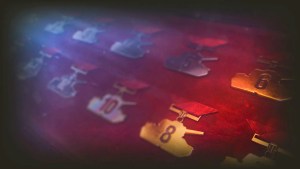

uhh, that’s nice information, thank you. interesting to read that soviets also played around with oscillating turrets.
i really like that there are still half way historical tanks coming to the game. i wish that WG cared to release the info/source data on each tank somewhere to read it up. this should also be done for tanks like the top tier polish ones – especially because they are mostly (but not entirely) fake. i mean there is not enough to build a full branch for such a nation otherwise but this is a game and if it fits gameplay and satisfies the audience… for such cases it is okay i think. but it would be really nice if the actual historical info this is based on was available so we could get a clear view what is real and what’s WG’s interpretation.
for the polish vehicles for example there are a few peculiar features that don’t look made up but rather like based on an actual source… and excessively interpolated over all top tier tanks. mainly the frontal armor design. but i hate that this is all guesswork without anything to go on.
anyhow it will be interesting to see how Object 752 will compare with the historical design once it gets closer to release.
Are there any other Soviet designs that included an oscillating turret? If so then maybe this could be a mini-line branching from the IS-3. I know WoT had a ton of Soviet reward tanks already, but a branch with a different playstyle than all the rest would be more interesting than yet another reward tank.